Exploring Design Disciplines
Comparing 8 Key Design Fields.
One that fits you
Design is all around us, touching every industry in different ways. Some design domains are more technical, some are more tangible or digital, and some demand close collaboration with stakeholders. Each field offers its unique rewards and challenges, especially regarding job security, learning curves, and the skills or software required.
Here’s a breakdown of eight prominent design fields, analyzed across 12 key parameters to help you find the one that best aligns with your strengths, interests, and career goals. Remember, no field is inherently better than the others; all are important and impactful. The goal is to find a design path that fits you.
| Sno. | Design Fields | Core Focus | Ideal For |
|---|---|---|---|
| 1. | UI/UX Design | Digital experiences, usability | Problem-solvers with a sense of aesthetics |
| 2. | Communication Design | Visual storytelling, branding | Creative thinkers interested in media and advertising |
| 3. | Fashion Design | Apparel creation, trend analysis | Trendsetters passionate about style and textiles |
| 4. | Industrial Design | Product functionality, ergonomics | Practical designers with an interest in engineering |
| 5. | Interior Design | Spatial design, functionality | Those who enjoy planning and transforming spaces |
| 6. | Animation Design | Storytelling through motion | Artists focused on character development and motion |
| 7. | Interaction Design | User interactions in digital products | Technology enthusiasts interested in usability |
| 8. | Graphic Design | Visual communication, branding | Creatives focused on effective visual messaging |
1. UI/UX Design
Problem-solvers with a sense of aesthetics.
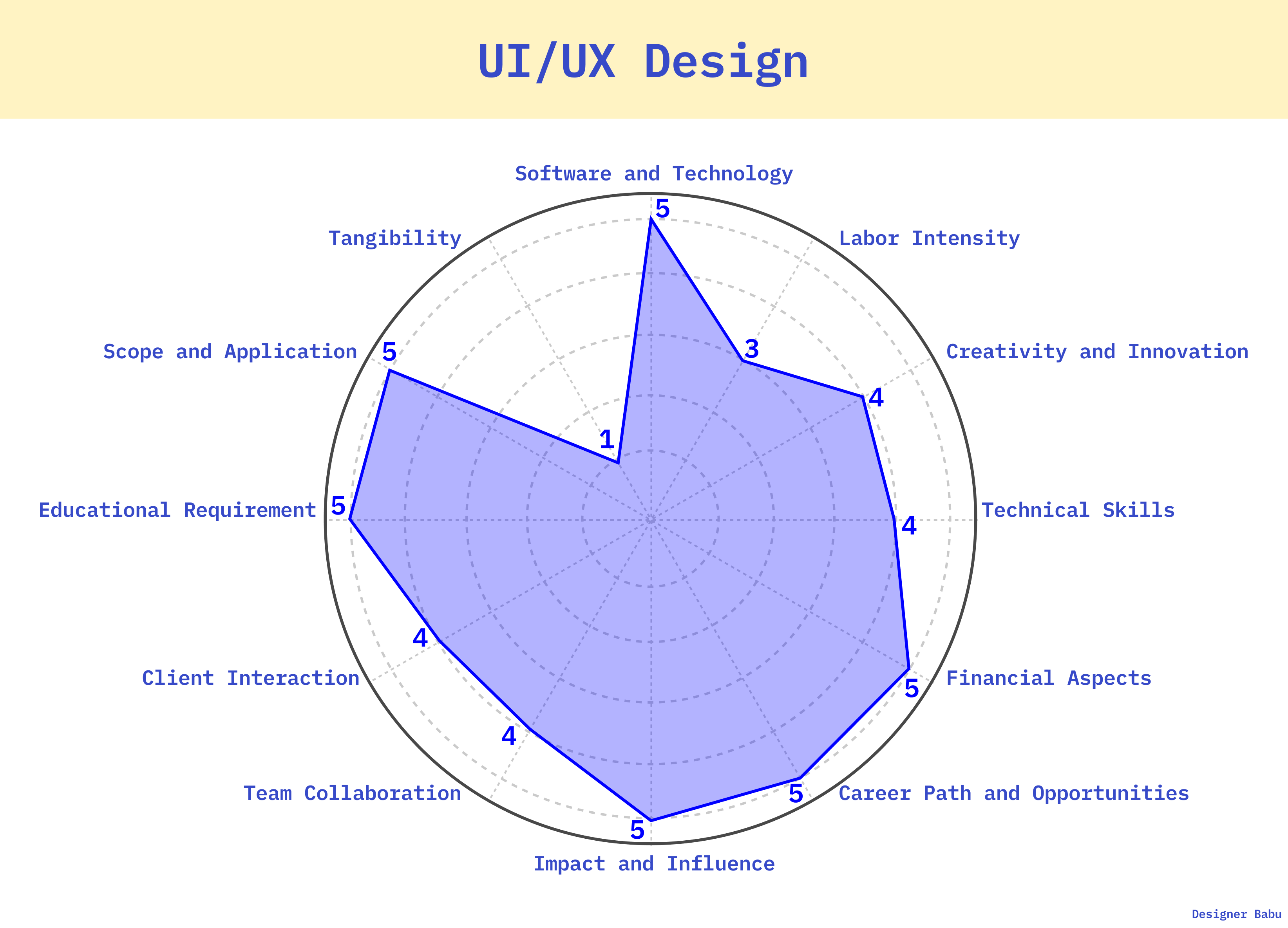
UI/UX Design centers on creating user-friendly, efficient, and enjoyable digital experiences, primarily for websites and mobile apps. UI (User Interface) design addresses visual elements and interactions, while UX (User Experience) design emphasizes the overall functionality and feel, often involving user research, prototyping, and usability testing.
UI/UX Design is at the intersection of technology and human behavior, ensuring that digital products like websites and mobile apps are intuitive, efficient, and enjoyable. UI (User Interface) focuses on aesthetics, including colors, typography, and layout, while UX (User Experience) emphasizes usability and interaction design. This field requires skills in user research, wireframing, and prototyping, making it ideal for problem-solvers who enjoy blending creativity with functionality.
- Who Should Go: Those passionate about understanding user behavior and solving complex problems.
- Mindset: Empathetic and analytical, balancing user needs with technical feasibility.
2. Communication Design
Creative thinkers interested in media and advertising.

Communication Design combines graphic design, advertising, branding, and multimedia to craft visual messages that inform, persuade, or entertain. It involves creating logos, posters, and digital content to communicate messages effectively across different media.
Communication Design is a broad field that merges graphic design, advertising, branding, and multimedia to create compelling visual narratives. It involves designing logos, packaging, posters, and digital content to convey messages effectively. Professionals in this field work closely with marketing and branding teams to engage audiences through storytelling, making it perfect for those with a strategic and artistic mindset.
- Who Should Go: Creative thinkers with an interest in media, branding, and storytelling.
- Mindset: Strategic and adaptable, with a focus on engaging audiences.
3. Fashion Design
Trendsetters passionate about style and textiles.
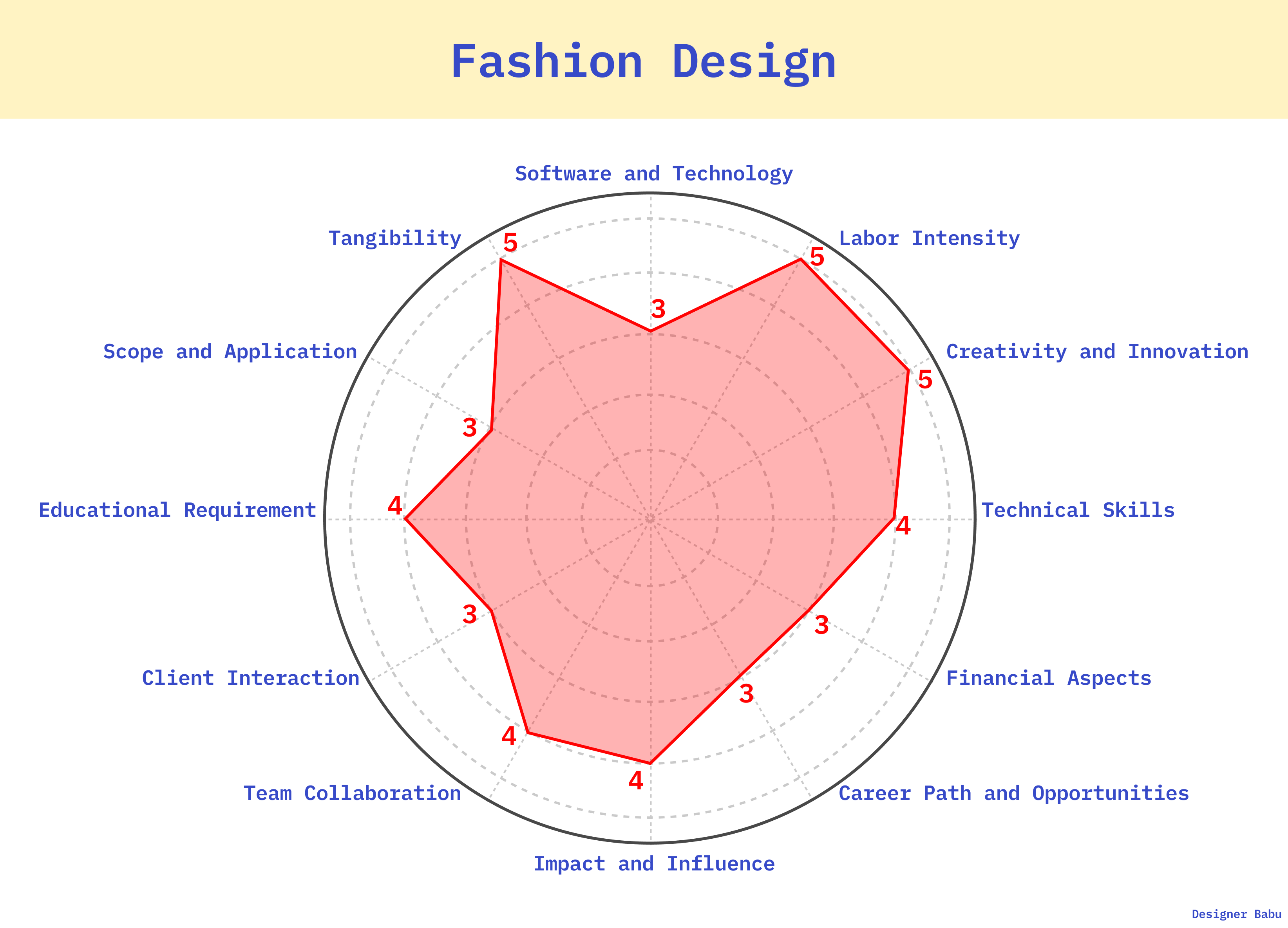
Fashion Design is about creating clothing, accessories, and footwear that blend functionality and aesthetics. This field involves researching trends, sketching designs, choosing materials, and managing production—all with an eye on innovation and cultural trends.
Fashion Design is the creative force behind clothing, accessories, and footwear, blending artistic expression with functionality. Designers research trends, sketch ideas, select fabrics, and oversee the production of garments. This industry thrives on constant innovation and cultural influence, making it suitable for trendsetters passionate about textiles, craftsmanship, and personal expression.
- Who Should Go: Trendsetters who are passionate about textiles, style, and expression.
- Mindset: Creative, with a deep understanding of materials and current trends.
4. Industrial Design
Practical designers with an interest in engineering.
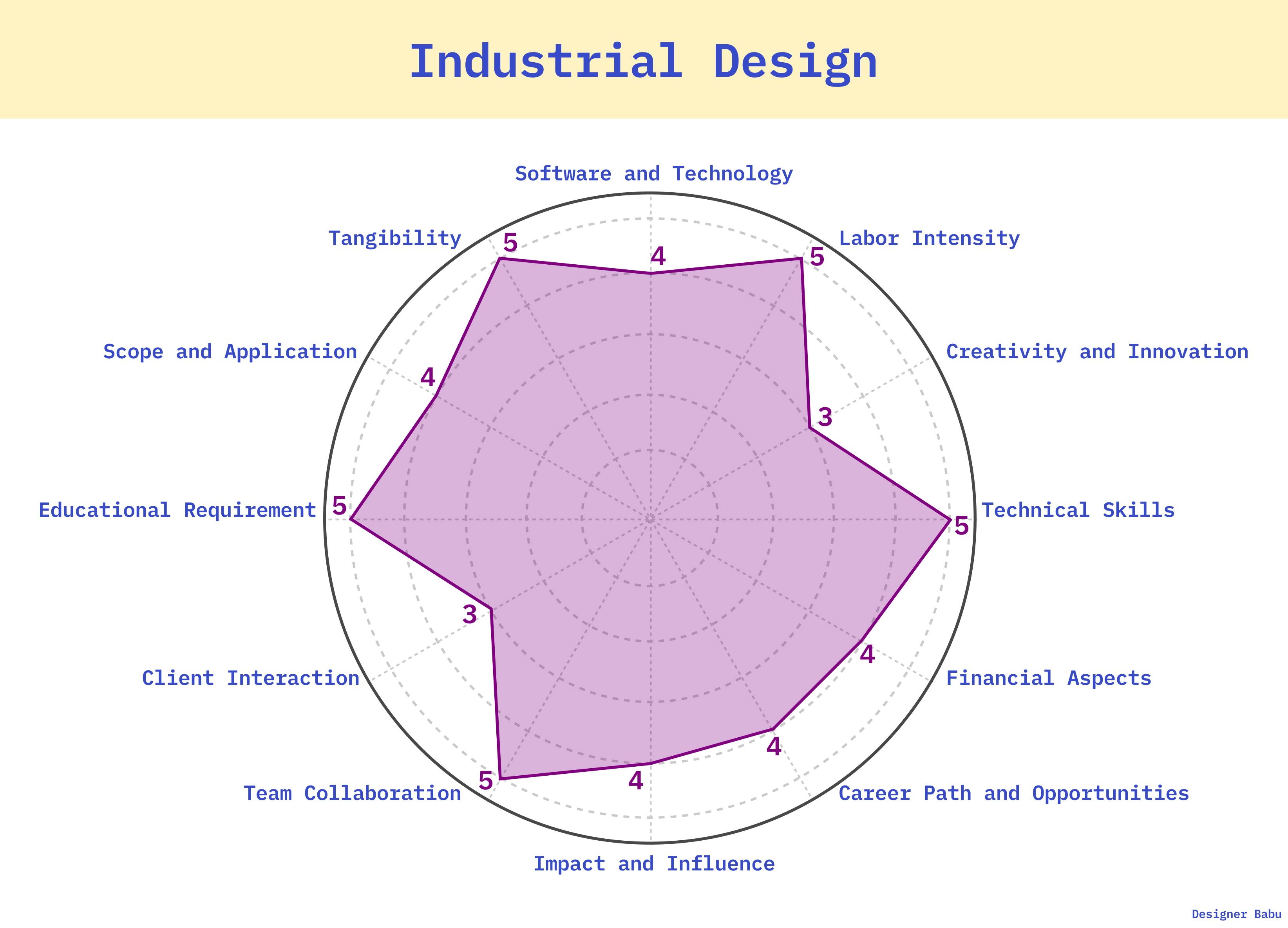
Industrial Design focuses on creating products that are functional, ergonomic, and visually appealing, from household items to complex machinery. This field combines art, engineering, and business to design products that improve user experience and fulfill market needs.
Industrial Design is about creating products that enhance functionality, aesthetics, and usability. From household appliances to automobiles, designers focus on ergonomics, material selection, and manufacturing processes. This field blends creativity with engineering and market research, making it a great fit for inventive minds who enjoy hands-on problem-solving and product development.
- Who Should Go: Inventive, hands-on individuals interested in product development.
- Mindset: Problem-solving, blending creative design with technical skill.
5. Interior Design
Those who enjoy planning and transforming spaces.

Interior Design is the art and science of designing indoor spaces for functionality and aesthetics. It involves planning, researching, and coordinating various design elements, including layout, furnishings, color schemes, and lighting, to create environments that are both beautiful and practical.
Interior Design involves planning and curating indoor environments to optimize functionality and aesthetics. Whether designing homes, offices, or commercial spaces, interior designers consider layout, lighting, furniture, and color schemes to create harmonious and efficient spaces. This field requires a strong sense of spatial awareness and an ability to work closely with clients to bring their vision to life.
- Who Should Go: Those who enjoy space planning and collaborating with clients.
- Mindset: Analytical, with strong spatial awareness and a keen eye for detail.
6. Animation Design
Artists focused on character development and motion.

Animation Design brings stories to life through motion. Using drawing, computer graphics, and animation software, designers create moving visuals for films, TV, video games, and digital content. This field requires storytelling skills, character design, and an understanding of technical animation techniques.
Animation Design combines storytelling with digital technology to create motion-based visuals for films, video games, advertisements, and online content. This field involves character design, 2D/3D animation, and visual effects, requiring patience, creativity, and technical skills. Animators often work with teams of writers, directors, and developers to craft immersive experiences.
- Who Should Go: Storytellers with strong technical skills in animation.
- Mindset: Highly creative and patient, with a strong eye for detail and storytelling.
7. Interaction Design
Technology enthusiasts interested in usability.
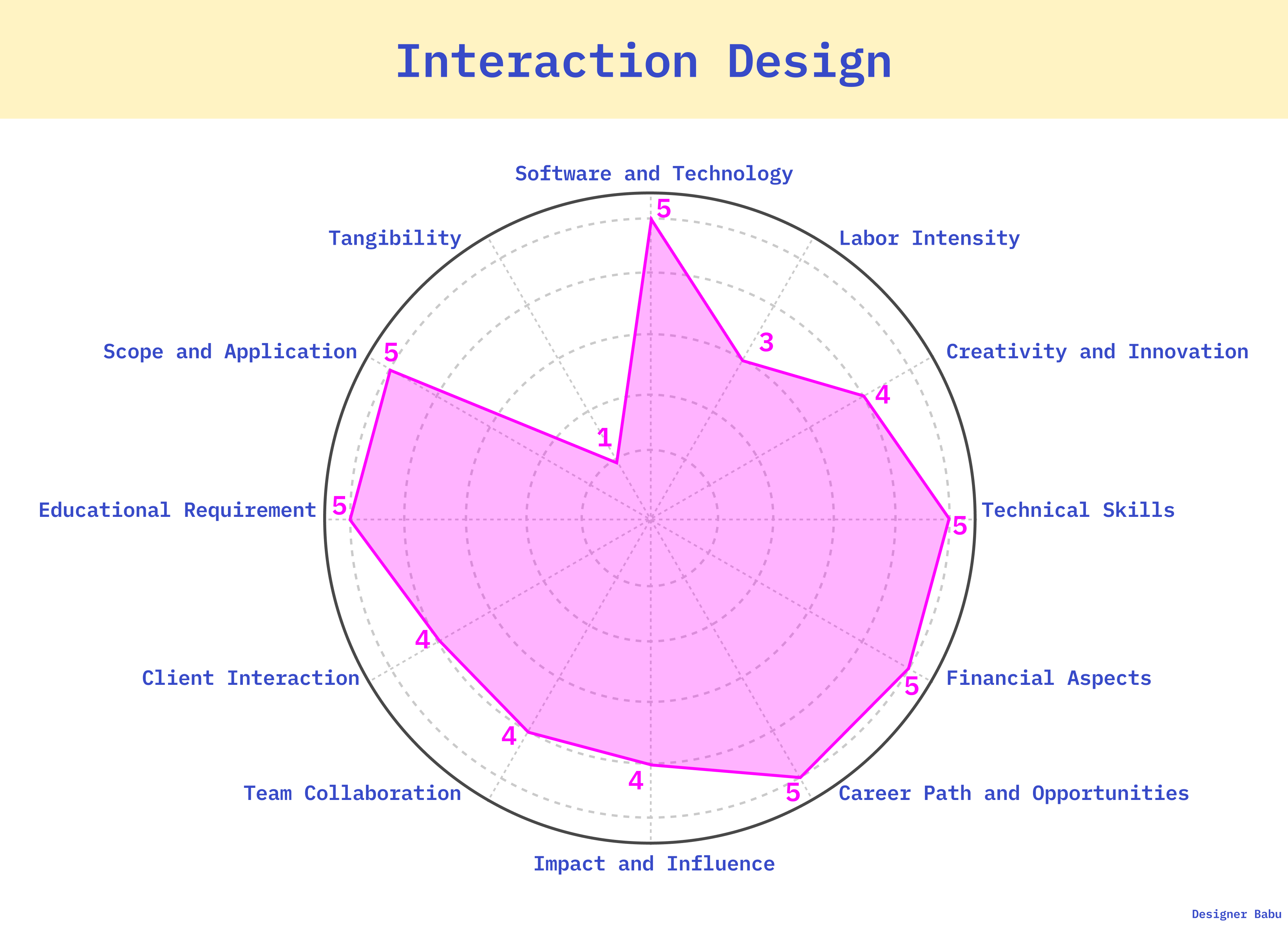
Interaction Design is about designing interactive experiences in digital products. It focuses on making user interactions smooth and intuitive, ensuring that people can achieve their goals effortlessly. This field involves understanding user needs, creating wireframes, and prototyping digital interactions.
Interaction Design (IxD) is a specialized branch of UX design that focuses on how users engage with digital products. It involves designing intuitive interfaces, micro-interactions, and interactive elements that improve usability. This field is ideal for those who enjoy studying human behavior, optimizing user flows, and refining digital touchpoints to create seamless interactions.
- Who Should Go: People interested in the nuances of how users interact with technology.
- Mindset: User-centered, balancing creativity with usability and functionality.
8. Graphic Design
Creatives focused on effective visual messaging.
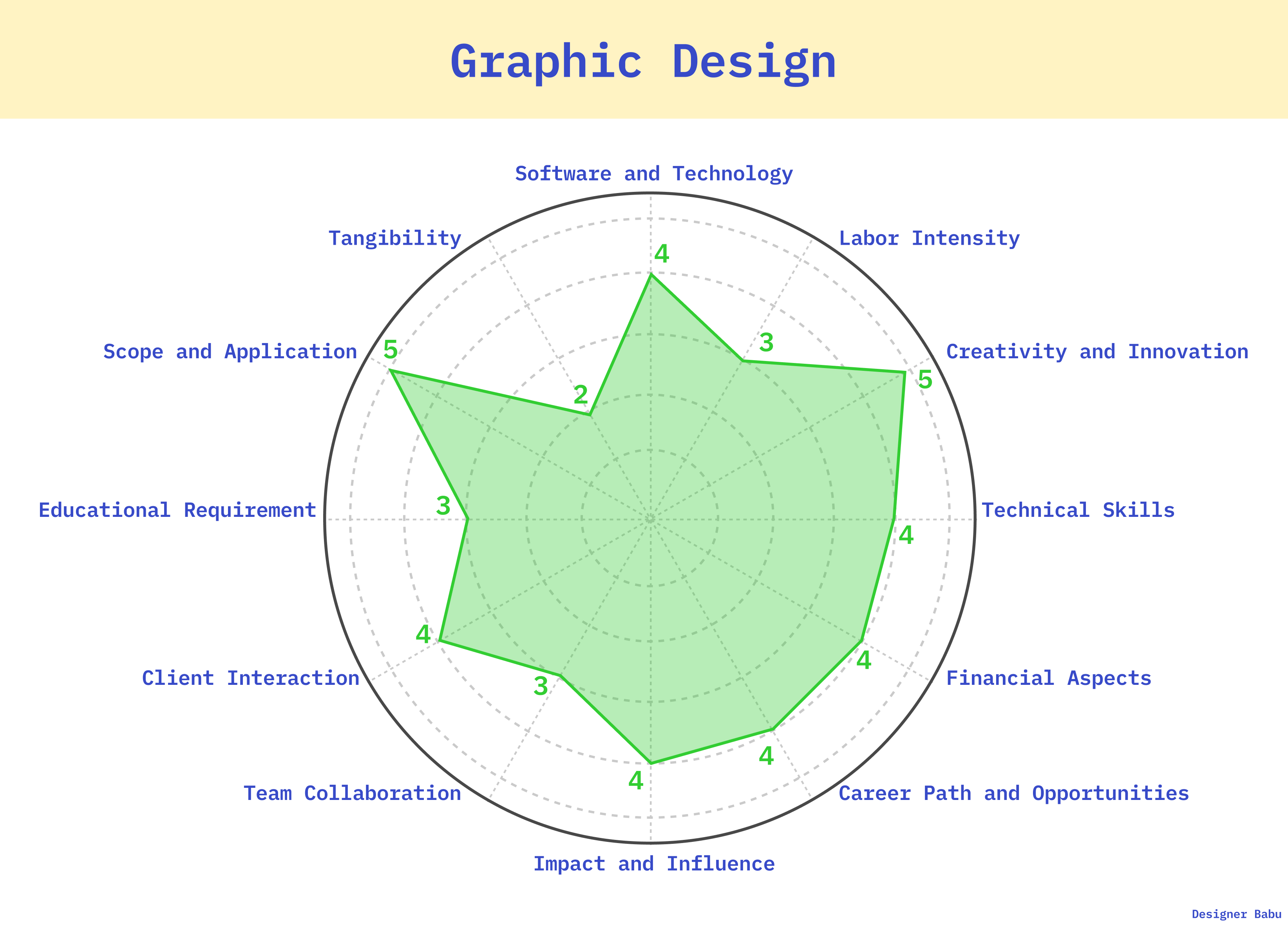
Graphic Design uses visual and textual content to communicate ideas and inspire action. It encompasses designing advertisements, logos, magazines, and digital media. The focus is on effective visual communication through layout, color, and typography.
Graphic Design revolves around the creation of visuals that communicate messages effectively. It covers everything from typography and layout to branding and print media. Graphic designers work on advertisements, book covers, websites, and social media assets, balancing artistic expression with strategic communication. This field is well-suited for detail-oriented creatives with a passion for visual storytelling.
- Who Should Go: Visual communicators who excel at crafting compelling imagery.
- Mindset: Detail-oriented, with a focus on layout, color, and audience psychology.
Conclusion: Finding Your Perfect Design Path
Design is a vast and dynamic field, offering opportunities that cater to different skills, interests, and career goals. Whether you are drawn to crafting seamless digital experiences, shaping brand identities, designing products, or bringing stories to life through animation, each design discipline plays a vital role in shaping the world around us.
Choosing the right design field isn’t about finding the “best” one—it’s about discovering what resonates with you. Consider your strengths, the kind of work that excites you, and the impact you want to create. Some fields demand technical precision, while others thrive on artistic expression or human-centered problem-solving.
Ultimately, design is about innovation, creativity, and improving lives. No matter which path you take, your ability to think critically, adapt, and push boundaries will define your success. Keep exploring, keep learning, and most importantly—keep designing.
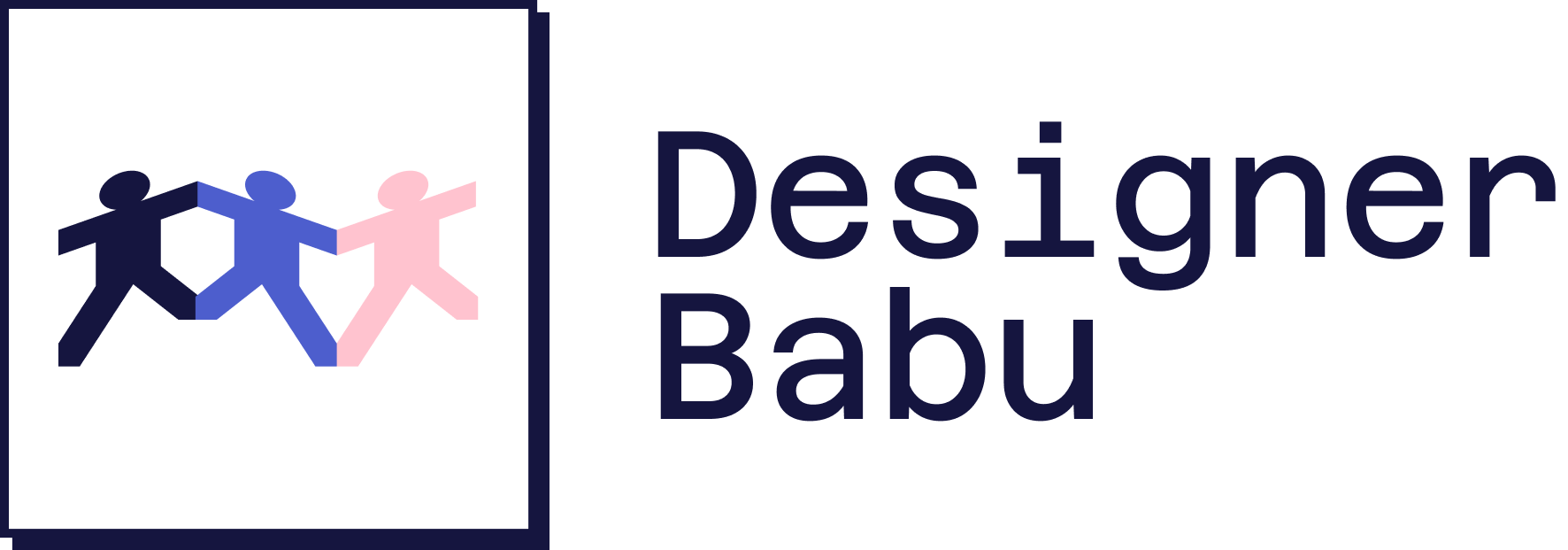
Leave a Reply